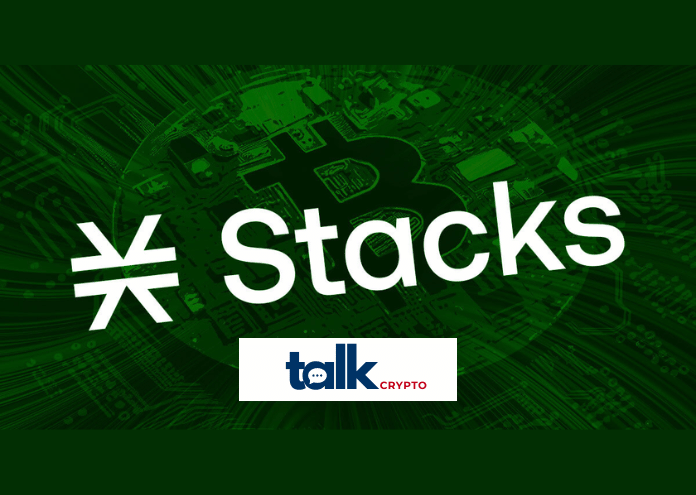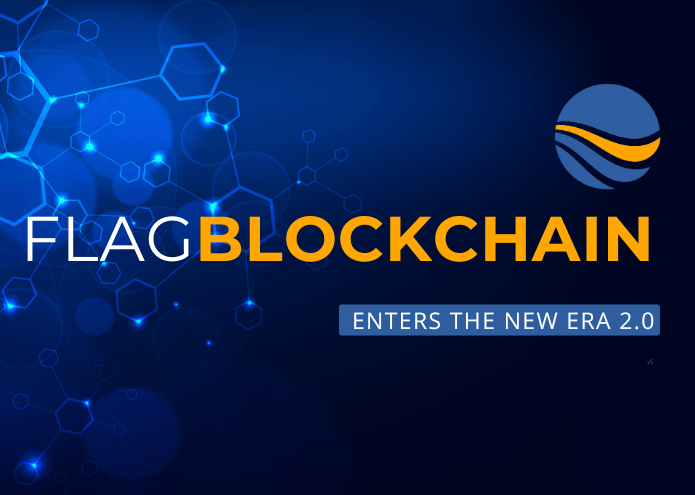In the ever-evolving landscape of blockchain technology, one project has been making waves by leveraging the power of Bitcoin to create a platform for building decentralized applications (dApps) and smart contracts. That project is Stacks, a layer-2 solution that enables developers to build on Bitcoin, the world’s most secure and decentralized blockchain.
Stacks – Designed to Address Bitcoin Limitations
At its core, Stacks is designed to address some of the limitations of the Bitcoin network, such as its inability to support complex smart contracts and dApps natively. By building on top of Bitcoin, Stacks is able to harness the security and immutability of the Bitcoin blockchain while adding new functionalities that make it possible to create and deploy dApps and smart contracts on the network.
The Stacks ecosystem is powered by its native cryptocurrency, STX, which is used to pay for transaction fees, execute smart contracts, and participate in the network’s consensus mechanism, known as “Proof of Transfer” (PoX). PoX is a unique consensus algorithm that allows Stacks to recycle Bitcoin’s Proof of Work (PoW) security by incentivizing participants to lock up their STX tokens to help secure the network. In return, they receive newly minted Bitcoin as a reward, effectively bringing Bitcoin into the Stacks ecosystem.
One of the key advantages of building on Stacks is its ability to tap into the vast potential of the Bitcoin network, which boasts a market capitalization of over $1 trillion and is widely considered the most secure and decentralized blockchain in existence. By building on Bitcoin, developers can leverage its security and network effects to create dApps and smart contracts that are more resilient to attacks and censorship.
Moreover, Stacks offers a range of tools and resources for developers to build dApps on its platform, including Clarity, a smart contract language designed for security and predictability. Clarity allows developers to write and deploy smart contracts that are readable by humans and machines alike, making it easier for developers to audit their code and ensure its security.
As the ecosystem continues to grow, more and more developers are turning to the platform to build a wide range of dApps and smart contracts. From decentralized finance (DeFi) platforms to gaming and social media applications, the possibilities for building on Stacks are virtually limitless.
Conclusion
In conclusion, the rise of Stacks represents a significant milestone in the evolution of blockchain technology, enabling developers to build on Bitcoin and unlock its full potential as a platform for decentralized applications. With its unique approach to consensus and smart contract development, it is poised to play a major role in shaping the future of the blockchain industry.
CLICK HERE to read about other Featured Blockchains and dAPPS













